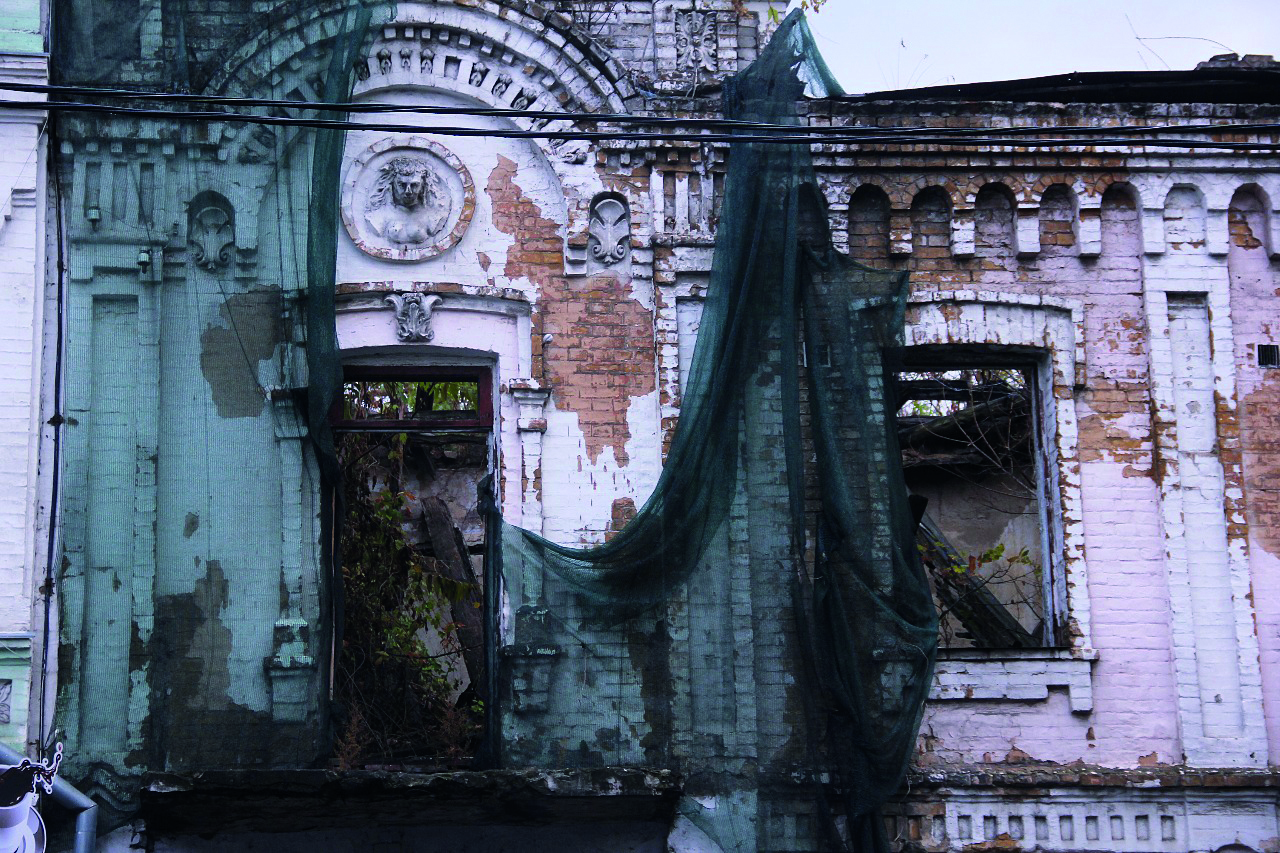St. Sophia’s Cathedral

After the Kyivan Rus converted to Christianity, they quickly adopted several cornerstones of the Orthodox Faith established in the Byzantine Empire. Among these, the creation of their own Cathedral of Holy Wisdom; just as Constantinople had the Hagia Sophia, Kyiv would construct St. Sophia’s Cathedral.
While construction began during the reign of Prince Volodymyr I (Volodymyr, the Great) it was completed during the reign of Prince Yaroslav I, who is often depicted holding the Cathedral in miniature as an offering to posterity. The association of St. Sophia’s Cathedral (Sophia being the anthropomorphized Saint of Holy Wisdom) helped Prince Yaroslav I further establish and associate his reign as a time of peace and prosperity, establishing his legendary title: Yaroslav, the Wise.
Today, St. Sophia’s Cathedral is in the UNESCO World Heritage Program and indeed its architectural design and iconography are a lesson for anyone interested in Ukrainian and/or art history. The original construction was built with the same design as a typical Byzantine Church at the time, which still shares designs with many Greek Orthodox Churches or even some mosques. The famous design for Slavic churches, complete with colourful roofs and onion domes was not yet in vogue. Part of this early construction on the outside is still preserved but the roof and other baroque style edifices were added in later centuries by the temporary Moldavian Orthodox establishment and during the Kozak period of Ivan Mazeppa. Similarly, on the inside of the Cathedral, the uppermost region of the Cathedral is decorated with mosaic iconography in a definitively ancient Byzantine style but on lower levels, the iconography shifts closer to our time and is completed in a Ukrainian baroque style, which is influenced by the Italian school.
The Cathedral has witnessed a long history of violence and oppression and remarkably has remained standing despite many threats from foreign conquerors and internal strife. The Cathedral survived the Mongol Horde’s devastation of Kyiv, Nazi occupation and Stalin’s unfulfilled desire to destroy it and make room for an amusement park. Stalin’s plans were thwarted by researchers insisting that the treasury of architecture was worth preserving and the Cathedral operated as an architectural museum during the Soviet period. The Cathedral has also been subject to changing hands among various Orthodox jurisdictions and even Ukrainian Catholic ownership at one point. Today the Cathedral exists unconnected to any specific denominations or jurisdictions and while occasionally used for worship services on specific occasions, it continues to operate more regularly as a museum for tourists.
St. Sophia and the Square are also the central location for public New Year’s Celebrations, featuring a tall Holiday tree in the centre of the square, a message from the President and musical acts entertaining the crowds to ring in the New Year.















